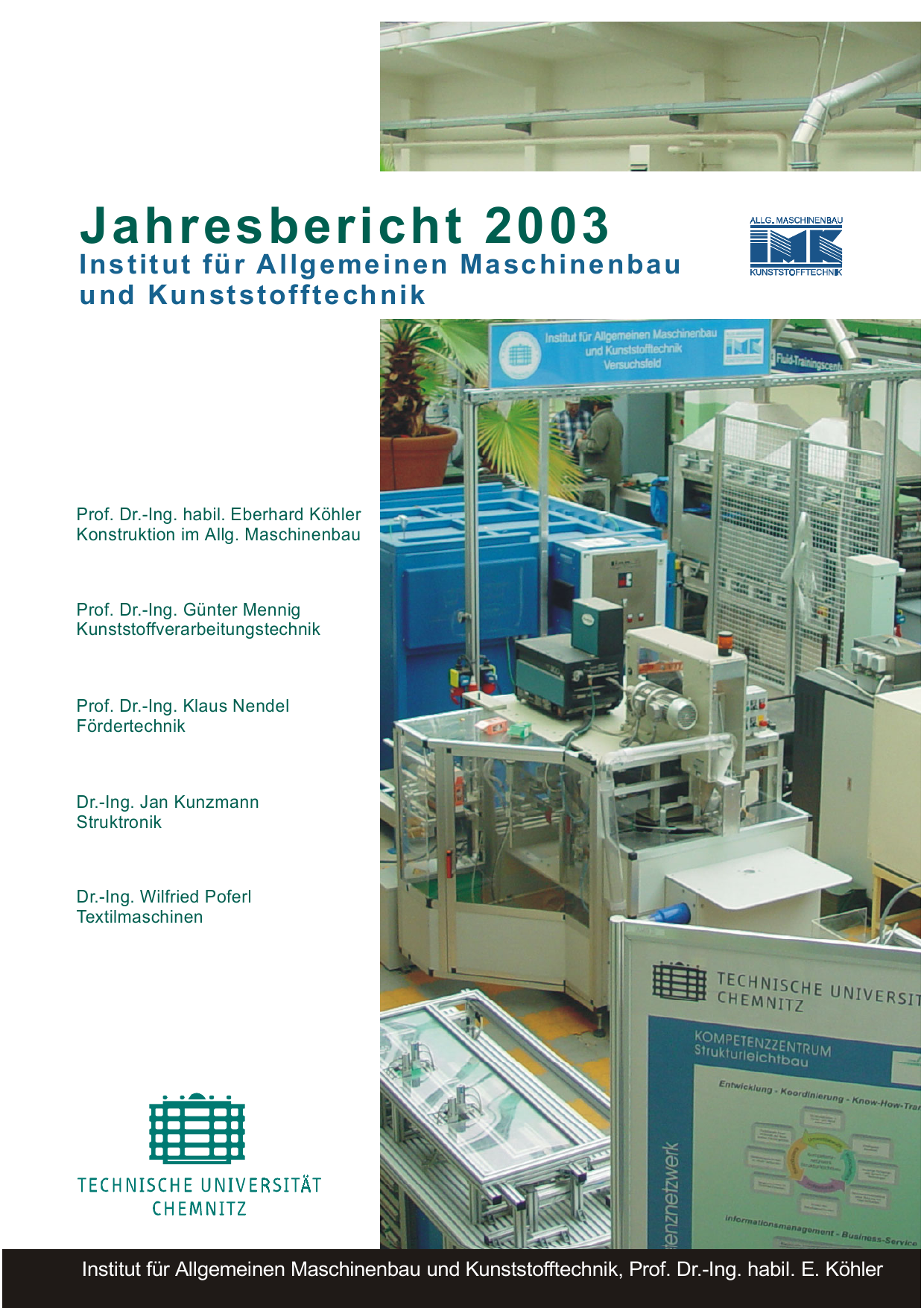

THE DYNISCO INJECTION MOLDERS HANDBOOK SOFTWARE
The two reports are (i) Moldflow simulation workshop report - The computational skills are developed and assessed through six sessions of using MoldFlow software package, each of approximately 2 hours duration.

This module is assessed by coursework and unseen examination. Calculate manifold dimensions in sheet dies. Constructively criticise a given polymer product design regarding its mouldability in the context of the polymer used. Effectively evaluate a given tool design with respect to cooling, feeding, ejection and integrity of construction. Discriminate between good and bad design practice. Design basic mould/die tooling in conformance to industrial practice. Construct an effective tooling specification fit for intended purposes. On successful completion of this module students should be able to:1. Student-centred learning: Students are expected to undertake directed independent study by reading through lecture notes, recommended chapters/sections from the module text and other recommended sources in order to complete coursework elements of the module.This activity will provide a valuable hands-on -experience of using mould-making tool design. Mould making workshop: Students will be guided through a comprehensive workshop practice as they work in-groups of two or three to design and make moulds.Upon completion, students should be able to model a part/runner system, optimise gate location, analyse and interpret fill, and recommend design changes.
THE DYNISCO INJECTION MOLDERS HANDBOOK SERIES
MoldFlow computer simulation: Students will have access to the MoldFlow computer based simulation package to carry out a series of exercises.The tutorial should be interpreted as a vehicle for discussion and debate. Tutorial: The tutorial will provide a forum where students will have the opportunity to work through exercise sheets and discuss issues related to the lectures and coursework elements of the module.Lecture: The lecture will discuss the week’s topic by presenting the fundamental principles and main theoretical analysis accompanied by clarifying examples.This module comprises 24 hours of lecture, 10 hours of MoldFlow computer simulation sessions, 4 hours of mould making workshop, 2 hours of tutorial and 4 hours of revision. criteria for selection.e) Standard mould and die parts (selection and design incorporation).f) Prototype tool designs and applications (RIM, rapid prototyping, etc).g) Flow behaviour in dies (pressure differential, land dimensions, output, etc.).h) Tool manufacturing and economic considerations.i) Case studies of good and bad design. Special emphasisa) Flow behaviour and gating, calculations of feed system parameters.b) Ejection type and deployment.c) Cooling systems and deployment.d) Mould and die making materials, inc.Die DesignRod, tube, sheet and profile die designs.Tool Design criteria and analysisMould design types 2-plate, multi-plate, undercut, runnerless and compression mould designs.( A2, A3)The principal graduate attributes focused on in this module are A2 and A3. To enable students to design and evaluate moulds and dies of acceptable quality and performance for given specified polymer products.


Module code: PE2007NModule title: Mould and Die DesignDescription: This module covers the principles essential to the design of moulds and dies with special emphasis on the processes used in manufacturing products from polymers.Semester: SpringPrerequisite: PE1004NAssessment: Coursework (60%) + Exam (40%)


 0 kommentar(er)
0 kommentar(er)
